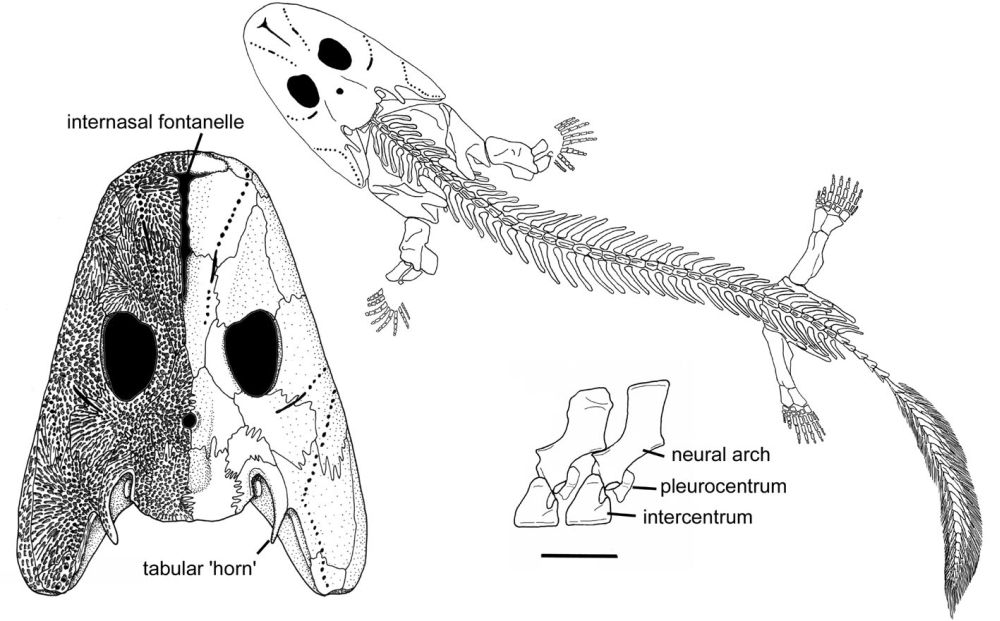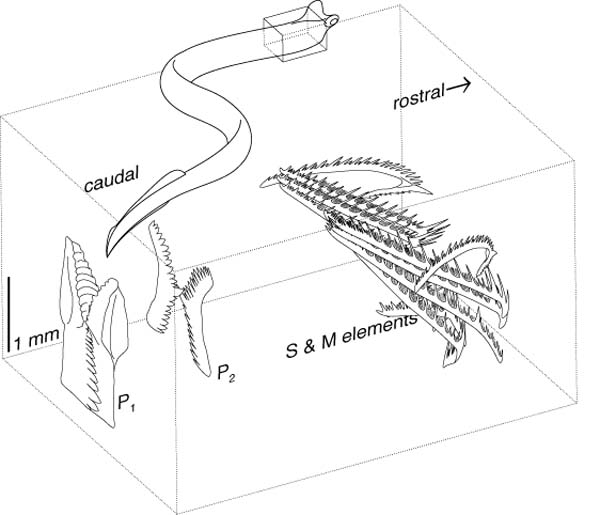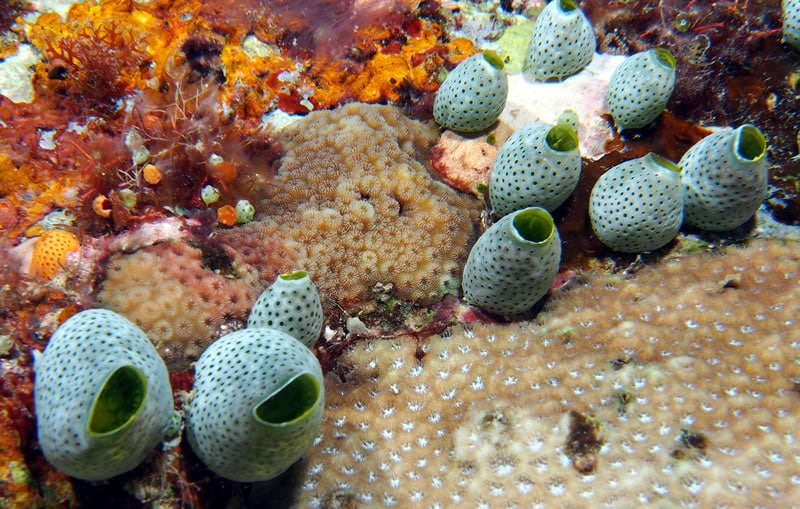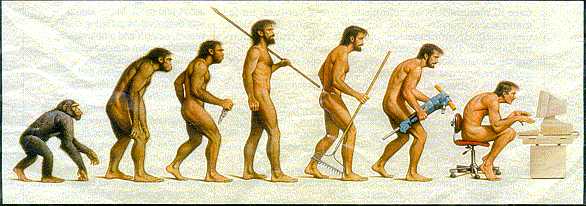Sounds like a testable claim.
Transitionals between reptiles and mammals:
Diarthrognathus, genus of extinct, advanced mammal-like reptiles found as fossils in Early Jurassic terrestrial deposits about 200 million years old in southern Africa. Diarthrognathus was contemporaneous with a host of other mammal relatives but is nearer than many of them to the line leading to the true mammals because of its unspecialized features of skeletal anatomy and dentition. In true mammals, one jaw joint is formed by the squared bone of the skull and the dentary bone of the lower jaw. In other tetrapods, the location of this joint is determined by the intersection of the quadrate bone above and the articular bone below. In Diarthrognathus, both configurations are preserved, and both the quadrate and articular bones are reduced. These bones evolved to become two of the middle-ear bones in mammals.
https://www.britannica.com/animal/Diarthrognathus
Thrinaxodon
The cool thing is, in the fetal opossum...
Transitional quadrupeds:
Acanthostega, a fish with internal gills, lateral line system, and fish tail, but with functional legs.
Transitional vertebrate (chordate)
Conodont organism:
A true cordate, with notochord, fin rays, chevron-shaped muscles and bilateral symmetry. Not quite a vertebrate, but transitional.
Another:
Tunicates
As adults, they don't look much like the chordata, but the larval forms...
Pretty much everything you'd want to see in a transitional chordate.
Well, it's your doctrine. Feel free to post another one, if you don't think the one you did was a good description.











